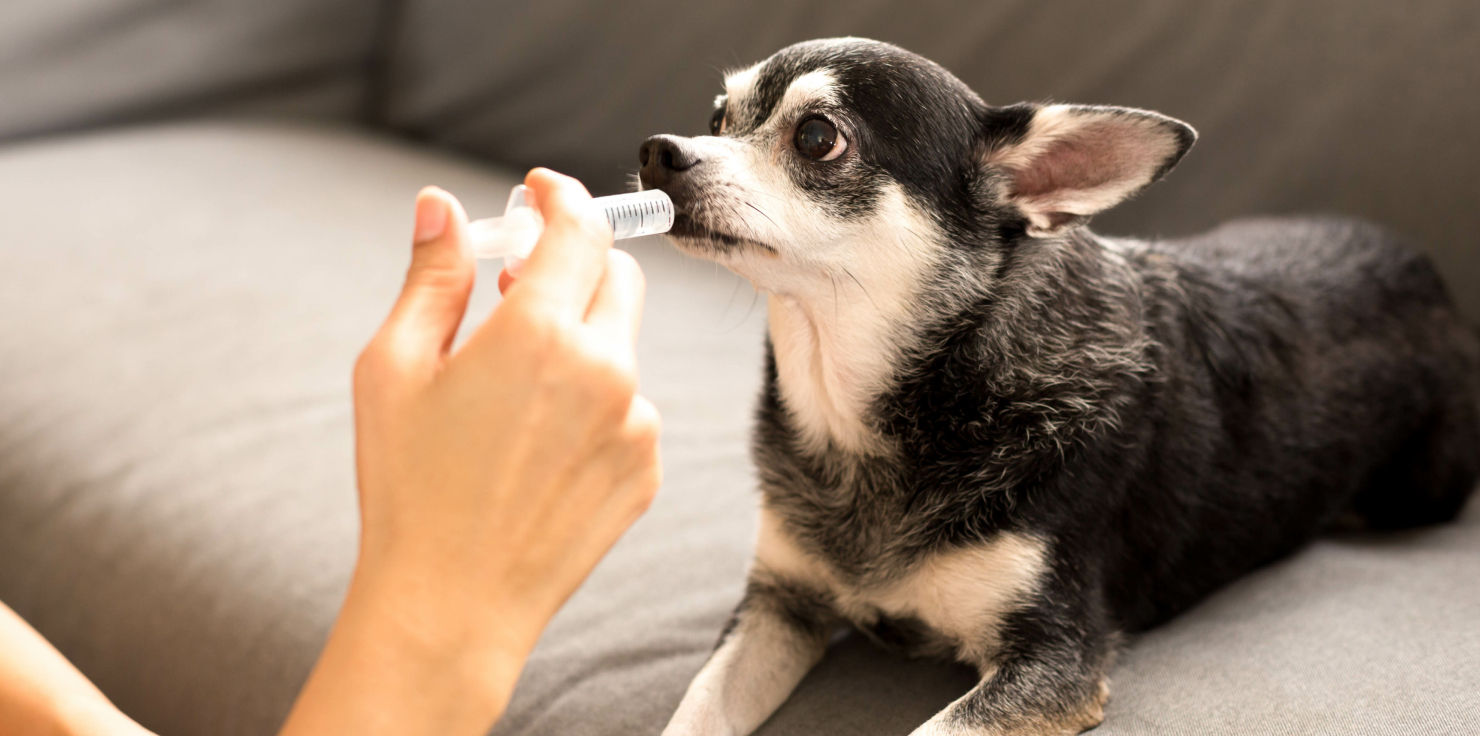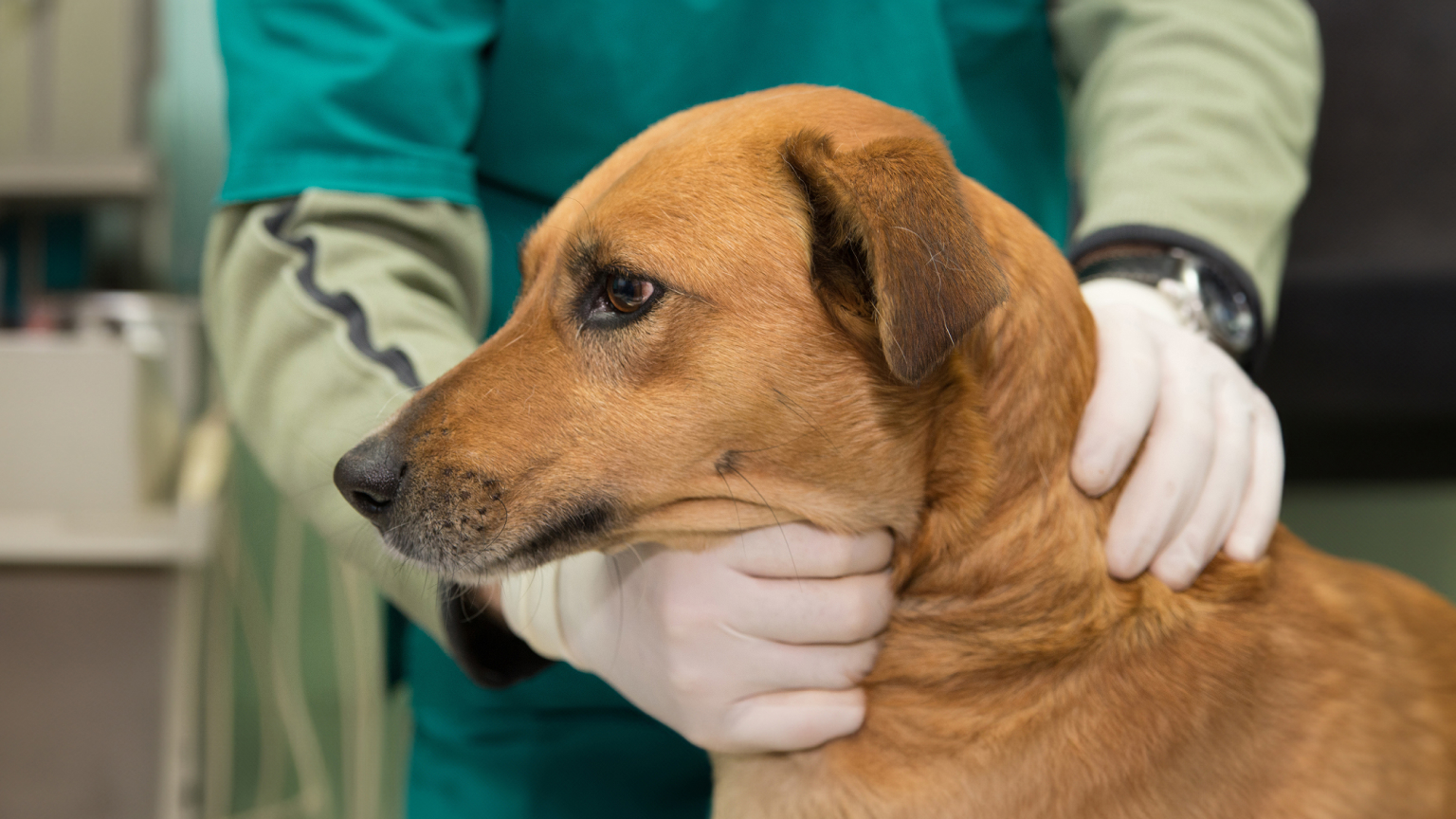Laryngeal paralysis is a condition that affects a dog’s ability to breathe normally. It occurs when the muscles in the larynx, or voice box, weaken and fail to open fully during inhalation. This can lead to breathing difficulties, especially during exercise or in hot, humid weather.
Understanding the symptoms, causes, and treatment options for laryngeal paralysis is crucial for ensuring the well-being of affected dogs. In this blog post, we’ll explore this condition in detail and discuss ways to manage it effectively.
Causes and Risk Factors of Laryngeal Paralysis
Common Causes of Laryngeal Paralysis
Laryngeal paralysis in dogs is often associated with age-related degeneration of the nerves that control the muscles of the larynx. However, other factors may also contribute to the development of this condition, including:
- Neurological disorders: Certain neurological diseases can affect the nerves that control the larynx.
- Trauma: Injury to the larynx can damage the nerves and muscles.
- Idiopathic causes: In some cases, the cause of laryngeal paralysis is unknown.
Laryngeal paralysis is most common in large breed dogs, particularly Labrador Retrievers and Golden Retrievers. However, other breeds can develop this condition as well.
Recognizing the Symptoms of Laryngeal Paralysis in Dogs

Key Signs to Watch For
If you notice any of the following symptoms in your dog, it’s important to consult with your veterinarian:
- Noisy breathing: A raspy, honking, or wheezing sound, especially during exercise or excitement.
- Difficulty breathing: Shortness of breath, especially in hot, humid weather.
- Exercise intolerance: Fatigue or reluctance to exercise.
- Coughing or gagging: Especially after drinking water.
- Blue or purple gums: A sign of severe oxygen deprivation.
If you notice any of these symptoms, it’s important to seek veterinary attention promptly. Early diagnosis and treatment can help improve your dog’s quality of life and prevent complications.
Diagnosing Laryngeal Paralysis in Dogs
To diagnose laryngeal paralysis, your veterinarian will perform a thorough physical examination,
including listening to your dog’s breathing and examining their throat. In some cases, additional diagnostic tests may be necessary, such as:
- Laryngoscopy: A procedure that allows your veterinarian to visualize the larynx and assess the degree of paralysis.
- X-rays: To rule out other conditions that may be causing similar symptoms.
- Blood tests: To evaluate your dog’s overall health and identify any underlying conditions.
Treatment Options for Laryngeal Paralysis
Lifestyle Modifications and Management at Home
For mild cases of laryngeal paralysis in dogs, lifestyle modifications can help manage symptoms:
- Weight management: Maintaining a healthy weight can reduce stress on the respiratory system.
- Limited exercise: Avoid strenuous exercise, especially in hot, humid weather.
- Cool environment: Keep your dog cool and comfortable, especially during warm weather.
- Avoid irritants: Minimize exposure to smoke, dust, and other irritants that can trigger coughing or breathing difficulties.
Medications for Symptom Relief

In some cases, medications may be prescribed to help manage symptoms and improve your dog’s quality of life. These may include:
- Anti-inflammatory drugs: To reduce inflammation in the airways.
- Bronchodilators: To help open the airways and improve breathing.
Surgical Intervention: Laryngeal Tie-Back Surgery
For more severe cases of laryngeal paralysis in dogs, surgical intervention may be necessary. A laryngeal tie-back surgery involves permanently tying back the vocal folds to improve airflow. This procedure can significantly improve your dog’s breathing and quality of life.
Post-Surgery Care and Recovery
Recovery Process After Tie-Back Surgery
After laryngeal tie-back surgery, it’s important to follow your veterinarian’s instructions for post-operative care. This may include:
- Rest: Confine your dog to a quiet, calm environment to allow for proper healing.
- Pain management: Administer pain medication as prescribed by your veterinarian.
- Monitoring: Watch for signs of infection, such as redness, swelling, or discharge.
Long-Term Care for Dogs with Laryngeal Paralysis
Dogs with laryngeal paralysis may require ongoing management to ensure their comfort and well-being. This may include:
- Avoiding strenuous activity: Limit exercise, especially in hot, humid weather.
- Providing a cool environment: Use fans or air conditioning to keep your dog cool.
- Regular veterinary check-ups: Monitor your dog’s respiratory health and address any concerns promptly.
Alternative Therapies for Symptom Management
Non-Surgical Approaches to Support Respiratory Health
In addition to traditional medical treatments, there are several non-surgical approaches that can help manage laryngeal paralysis:
- Weight Management: Maintaining a healthy weight can reduce strain on the respiratory system.
- Physiotherapy: Physical therapy exercises can help strengthen the respiratory muscles and improve breathing.
- Breathing Exercises: In some cases, breathing exercises can help improve respiratory function.
Using PEMF Machines for Recovery
PEMF therapy can be a valuable tool in supporting recovery in animals. By optimizing cellular function, PEMF therapy may help promote self-healing and improve overall well-being. However, it’s important to consult with your veterinarian to determine if PEMF therapy is appropriate for your dog and to develop a comprehensive plan.
Learn more about the science, mechanisms, and powerful benefits of PEMF here.
Preventive Measures to Reduce Laryngeal Paralysis Risk

While there’s no guaranteed way to prevent laryngeal paralysis, taking certain preventive measures can help reduce the risk:
- Maintain a Healthy Weight: Avoid overfeeding your dog and encourage regular exercise to prevent obesity.
- Avoid Overexertion: Limit strenuous activity, especially during hot weather.
- Provide a Cool Environment: Use fans or air conditioning to keep your dog cool and comfortable.
- Regular Veterinary Check-ups: Schedule regular check-ups to monitor your dog’s health and detect any potential issues early on.
By taking these steps, you can help ensure your dog’s respiratory health and improve their overall quality of life.
Conclusion
Laryngeal paralysis can significantly impact a dog’s quality of life. Early diagnosis and appropriate treatment are essential to manage the condition effectively. By working closely with your veterinarian, you can implement a comprehensive care plan.
With proper care and attention, many dogs with laryngeal paralysis can live happy and fulfilling lives! Remember, early intervention and a proactive approach are key to managing this condition.












